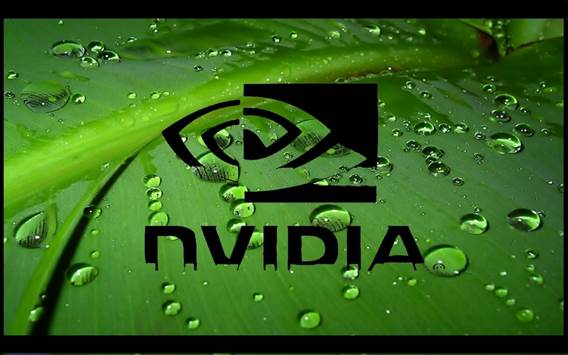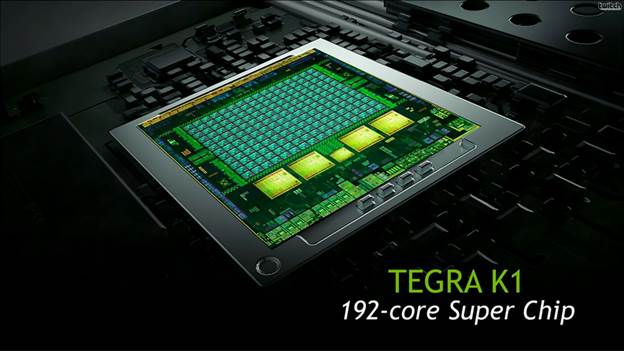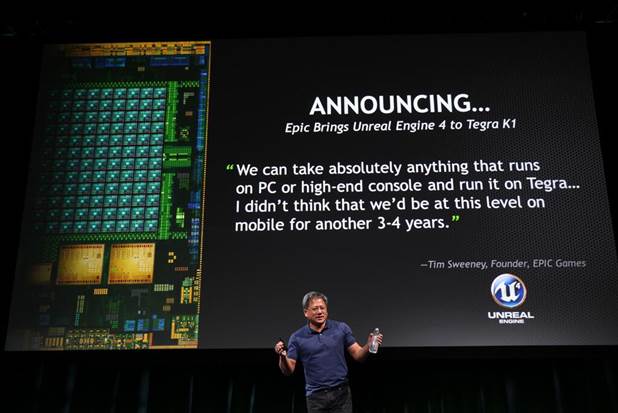NVIDIA Catches Up And Pulls Ahead (In Theory)
With the
exception of Texas Instruments who has turned its attention to embedded
platforms instead, most of the app processor players that went up against
Qualcomm in 2011 are still around today. Of course, Qualcomm have gone from
strength to strength since then, and almost every mobile device today has a
Snapdragon chip in it. Even Samsung, the largest Android OEM, and who has its
own Exynos series of SoCs, offers Snapdragon processors in many of its
products.

NVIDIA
Catches Up And Pulls Ahead
For Intel, it
hasn’t scored its mobile chip in any of Samsung’s tablets since the Atom Z2560
got under the hood of the 10.1-inch Galaxy Tab 3 in the middle of last year.
But chipzilla should return stronger in 2014, as it tries to get its 22nm,
Silvermont-based ‘Bay Trail’ Atom Z3700 and Z3600 series of SoCs (with an Ivy
Bridge GPU architecture, no less!) into more tablets other than the Dell Venue
8 Pro and 11 Pro and Lenovo ThinkPad 8. On the phone side of things, as of this
writing, Intel’s Merrifield platform is yet to be officially unveiled, and even
when it does, it’d be a while before we see phones using it, not to mention
these phones are unlikely to be flagship devices from the major Android OEMs.
Which leaves
us with NVIDIA. In fact, with Qualcomm’s announcements of the Snapdragon 805
and 410 late last year, and Intel’s silence on its next-gen smartphone
platform, NVIDIA was the one that stole all the SoC limelight at CES 2014 with
its Tegra K1.

Tegra
K1 mobile processors deliver exceptional graphics, powerful computing,
and truly unique features in a power-efficient package optimized for mobility
Like Apple
and Qualcomm, NVIDIA is also customizing its own mobile CPU core, instead of
purely licensing the microprocessor from ARM. The first NVIDIA SoC to gets this
treatment is the 64-bit version of the Tegra K1, which uses NVIDIA’s own ARMv8
‘Denver’ CPUs. A 32-bit version of the K1 will also be available, and similar
to the Tegra 4, it’ll be using four off-the-shelf ARM Cortex-A15 cores, with a
fifth battery saver core. Versus the Tegra 4, this Cortex-A15-based Tegra K1
should see better power efficiency and slightly better performance (clock speed
goes up from 1.9 to 2.3GHz), which in all honesty, don’t sound particularly
exciting.

Nvidia
brings Kepler to mobile with Tegra K1
What’s more
exciting is the 64-bit Denver option. Clocked up to 2.5GHz and with larger
caches than the Cortex-A15- based K1, this dual-core (gasp!) chip boasts of a
‘7-way superscalar’ architecture, which we take to mean that it’s able to
execute seven instructions per clock cycle. If true, this is an insanely fast
CPU throughput. Furthermore, at CES, NVIDIA demoed a Denver-based Tegra K1
running Android 4.4 KitKat in 64-bit mode, which suggests a 64-bit version of
Android is probably not as far off as we initially thought.